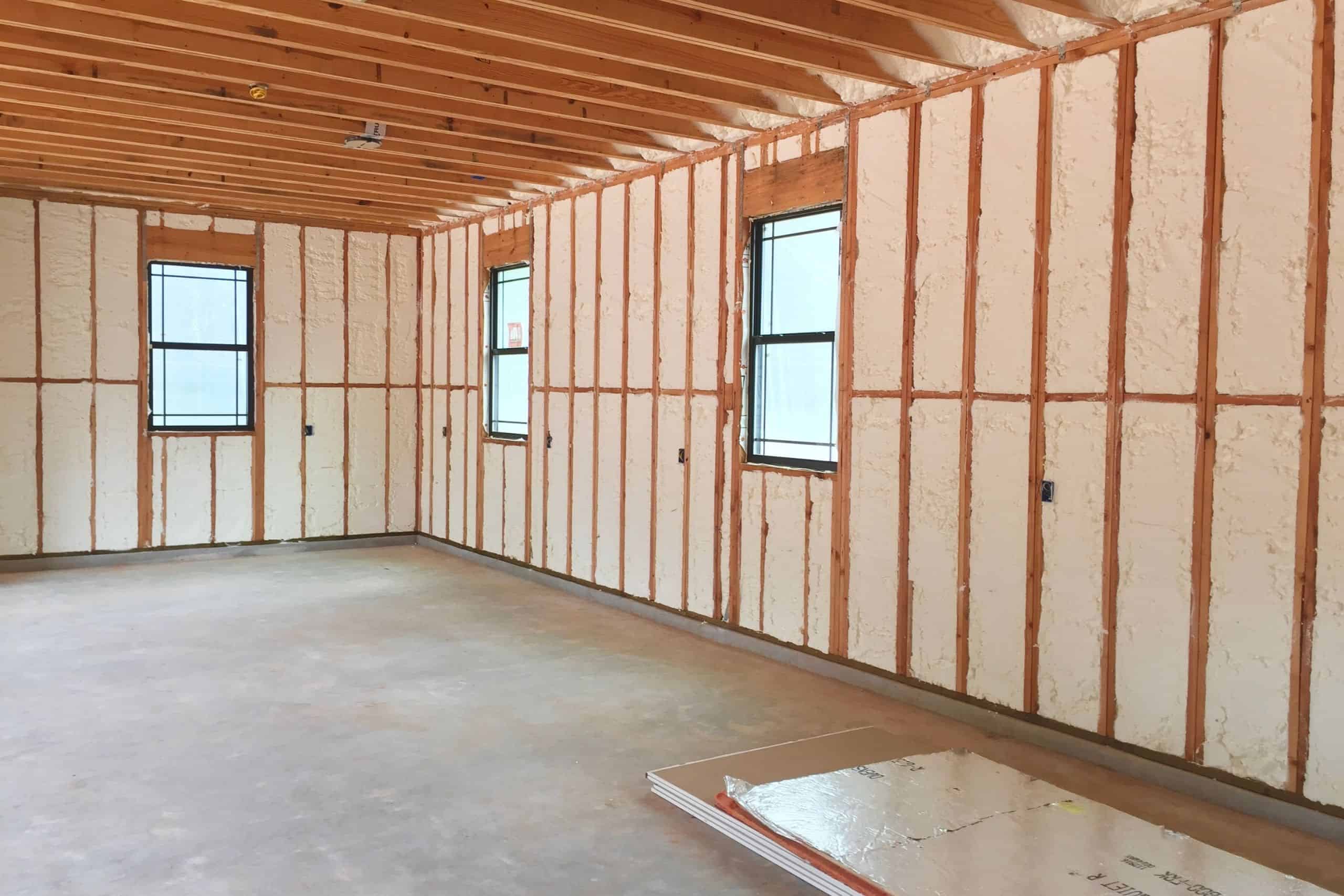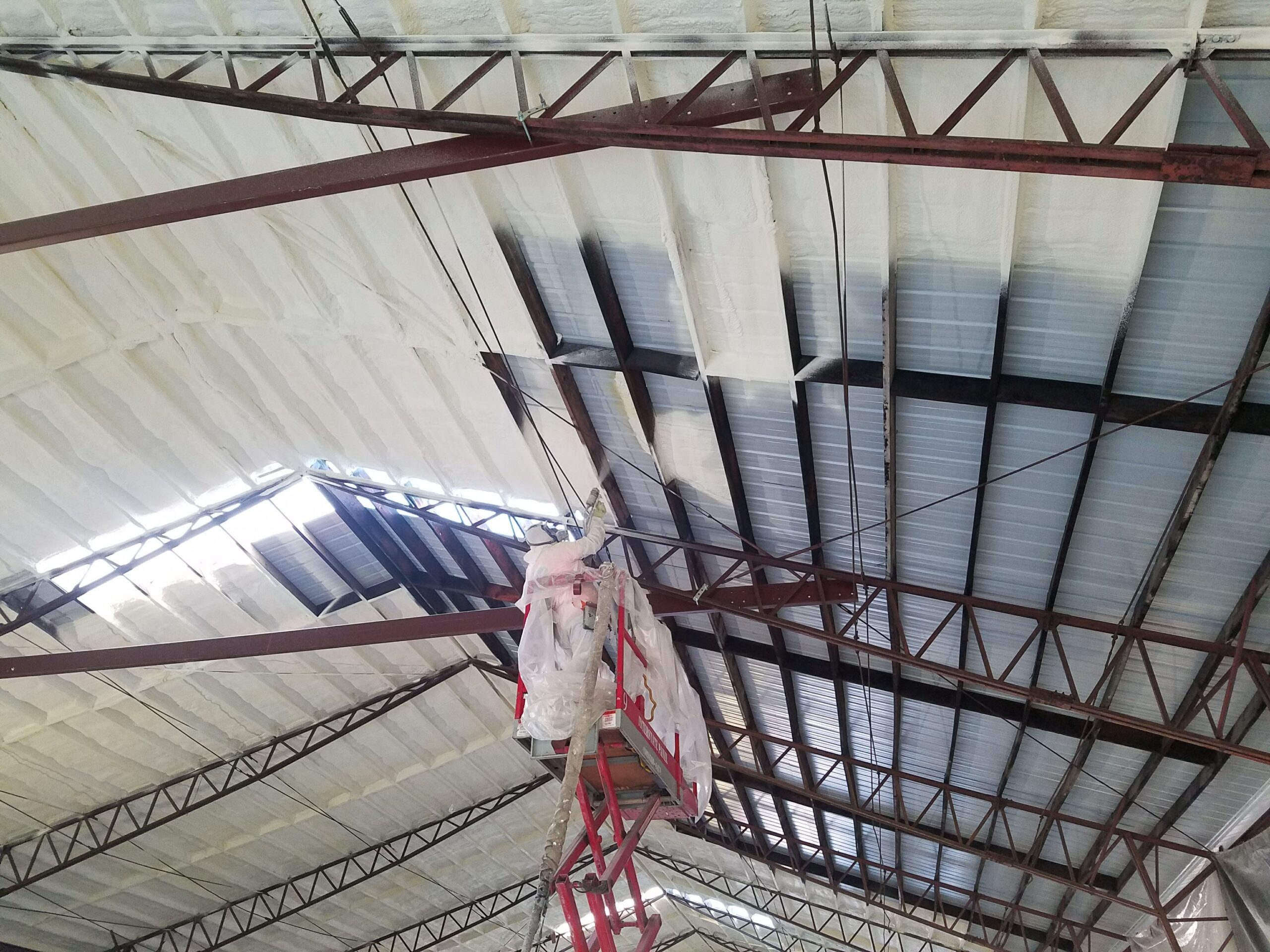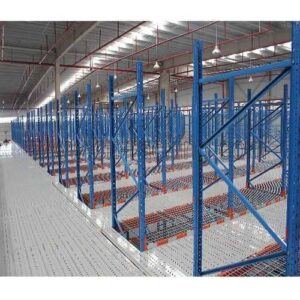Does Residential Spray Foam Cut Monthly Energy Bills or Just Upfront Losses?
Spray foam insulation typically reduces monthly energy bills by 15-50%, depending on home size, climate, and existing insulation quality. While upfront costs range from $3,000-$8,000 for an average home, most homeowners recoup this investment within 3-7 years through energy savings. The more significant your current energy losses and the more extreme your climate, the faster you’ll see returns on your investment.
Homeowners considering spray foam face a legitimate cost-benefit question. The initial investment is substantial compared to traditional insulation, but the long-term energy efficiency gains often justify this expense. This article examines the real financial impact of residential spray foam insulation.
Types of Spray Foam and Their Energy-Saving Potential
Different spray foam types offer varying levels of insulation performance and cost. Understanding these differences helps homeowners make informed decisions.
| Spray Foam Type | R-Value Per Inch | Energy Bill Reduction | Average Cost (per sq ft) | Lifespan |
|---|---|---|---|---|
| Open-Cell | 3.5-3.7 | 10-30% | $1.00-$1.50 | 20-30 years |
| Closed-Cell | 6.0-7.0 | 20-50% | $1.50-$2.50 | 80+ years |
| Hybrid Application | 5.0-6.0 | 15-40% | $1.25-$2.00 | 50+ years |
Bonus Tip: Open-cell foam works well for interior walls and sound dampening, while closed-cell provides better moisture barriers and structural support for exterior applications.
Energy Savings by Climate Zone
Climate significantly affects your potential energy savings from spray foam insulation.
| Climate Zone | Average Annual Savings | Payback Period | Best Foam Type |
|---|---|---|---|
| Hot/Humid | $300-$600 | 5-8 years | Open-Cell |
| Hot/Dry | $250-$500 | 6-9 years | Closed-Cell |
| Mixed | $400-$700 | 4-7 years | Hybrid |
| Cold | $500-$1,000 | 3-5 years | Closed-Cell |
| Severe Cold | $700-$1,200 | 2-4 years | Closed-Cell |
The Real Cost-Benefit Analysis
Market data shows spray foam insulation typically costs 2-3 times more than fiberglass batting initially. However, studies from the US Department of Energy indicate homes can lose up to 40% of their heating and cooling energy through air leaks that spray foam effectively seals.
Energy Loss Sources in Typical Homes
| Area | % of Total Energy Loss | Spray Foam Effectiveness | Traditional Insulation Effectiveness |
|---|---|---|---|
| Attic/Roof | 25-35% | Very High | Moderate |
| Walls | 15-25% | High | Moderate |
| Windows/Doors | 10-20% | N/A | N/A |
| Floors/Foundation | 10-15% | High | Low-Moderate |
| Ductwork | 10-15% | High | Low |
Bonus Tip: Combining spray foam in the attic with traditional insulation in less critical areas can optimize your budget while still capturing 70-80% of potential energy savings.
Beyond Energy Bills: Additional Financial Benefits
Spray foam insulation offers several financial advantages beyond direct energy savings:
Comprehensive Financial Impact
| Benefit | Average Value | Timeframe |
|---|---|---|
| HVAC Size Reduction | $1,000-$3,000 | Immediate (new construction) |
| Extended HVAC Lifespan | $200-$400/year | Long-term |
| Moisture/Mold Prevention | $3,000-$7,000 | Prevention cost |
| Increased Property Value | 2-5% of home value | At sale |
| Tax Credits/Rebates | $500-$2,000 | Tax year of installation |
According to real estate data, homes with premium insulation like spray foam sell 2-3% higher and typically 15% faster than comparable properties with standard insulation.
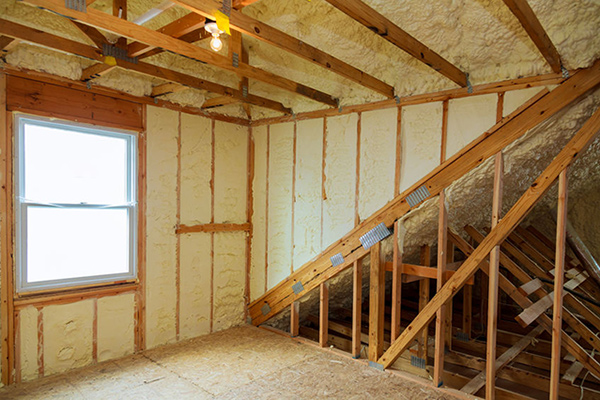
Things to Consider Before Making a Decision
Before investing in spray foam insulation, consider these crucial factors:
Home-Specific Considerations
- Current Insulation State: Homes with poor existing insulation see faster returns
- Planned Residence Time: You’ll need 3-7 years minimum to recoup costs
- Installation Timing: Combining with other renovations reduces overall expense
- Home Layout: Open floor plans with cathedral ceilings benefit most
- Local Energy Costs: Higher utility rates mean faster payback periods
Installation Factors
- DIY vs. Professional: While DIY kits cost less upfront, professional installation ensures proper coverage and avoids costly mistakes
- Whole Home vs. Targeted Areas: Focus on high-loss areas like attics for maximum return
- Ventilation Planning: Spray foam creates an airtight seal, requiring proper ventilation planning
Common Questions About Spray Foam and Energy Savings
Will Spray Foam Actually Lower My Energy Bills?
Yes, but results vary. Most homeowners report 15-30% reductions in monthly energy costs. Savings depend on your climate, home construction, previous insulation quality, and energy usage habits.
When Will I Break Even on My Investment?
The average breakeven point falls between 3-7 years. Homes in extreme climates with high energy costs see faster returns, sometimes in as little as 2-3 years.
Does Spray Foam Affect My HVAC System?
Positively. By creating a tighter building envelope, your HVAC system works less to maintain temperature. This reduces wear and extends equipment life while potentially allowing for smaller replacement units when the time comes.
What’s the Impact on Home Resale Value?
Spray foam typically increases home value by 2-5%, with greater impact in regions with extreme temperatures. Energy-efficient homes also tend to sell faster than comparable properties.
Make the Right Decision
Spray foam insulation represents a significant upfront investment that typically pays dividends through reduced energy bills, improved comfort, and increased home value. Homeowners in extreme climates or with poorly insulated homes stand to gain the most.
Evaluate your specific situation by getting multiple quotes, checking local energy costs, and calculating your expected residence time. For most homeowners, the long-term financial benefits outweigh the initial costs, especially when factoring in increasing energy prices and potential tax incentives.
FAQ
How much money can I really save each month with spray foam?
Most homeowners save $30-$100 monthly, though savings can reach $150+ in larger homes in extreme climates. Your actual savings depend on your local energy rates, home size, and climate conditions.
Is spray foam worth it for older homes?
Often, yes. Older homes typically have more air leaks and poor insulation, leading to greater potential savings. However, older homes may require additional preparation work, slightly increasing costs.
Can I install spray foam myself to save money?
DIY kits exist but professional installation ensures proper coverage, adhesion, and thickness. Improper DIY application can lead to gaps, uneven coverage, and potential moisture problems that negate energy savings.
Does spray foam eliminate the need for other energy efficiency upgrades?
No. While spray foam dramatically improves insulation, complementary upgrades like energy-efficient windows, LED lighting, and HVAC modernization provide additional savings. Spray foam is one component of a comprehensive energy strategy.
How long before spray foam starts saving me money?
You’ll notice immediate comfort improvements and begin saving on the first energy bill after installation. However, the full return on investment takes 3-7 years for most homeowners
Raleigh Excel Spray Foam Insulation, (919) 301-9435, info@raleighexcelsprayfoam.com
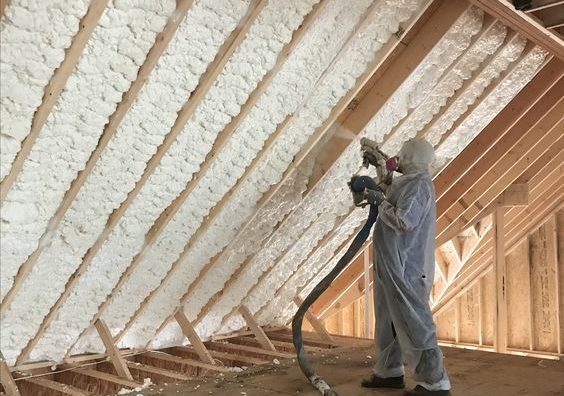
Reviewer:
With nearly a decade in the spray foam insulation field, William Harris reviewed this post and provided guidance that reflects both technical understanding and real-world marketing experience.
